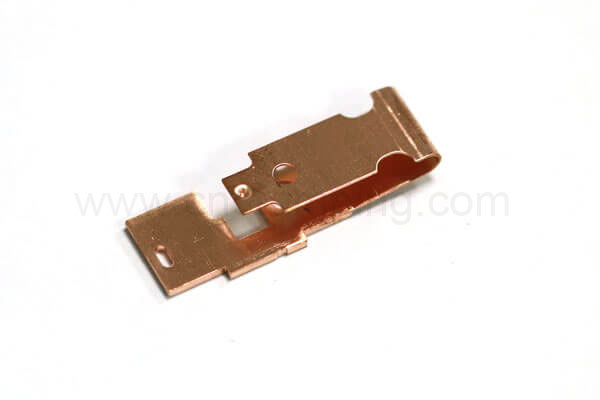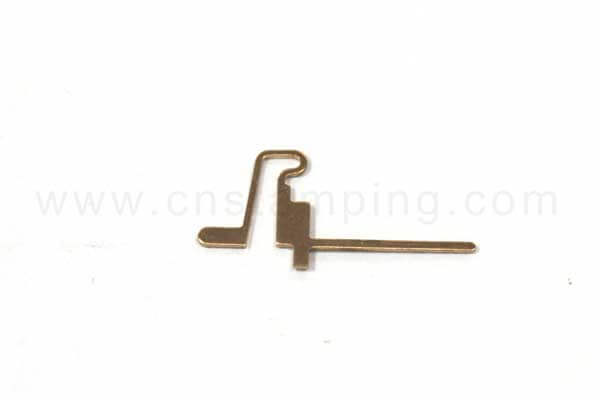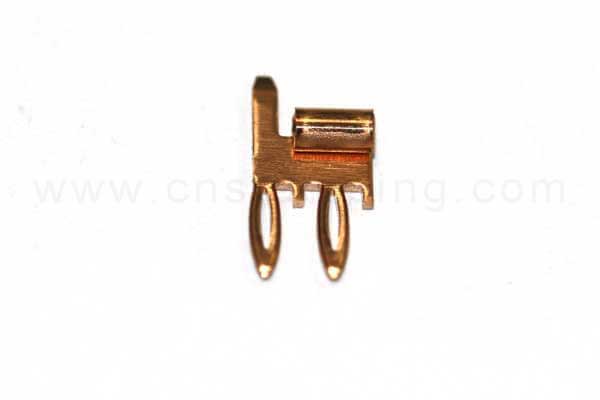Analysis of Precision Metal Stamping Parts Processing: Processes, Advantages and Application scenarios
With the improvement of the current quality of life, precision metal parts has penetrated various fields. It has been closely related to our lives. The stamping process is a processing method that applies external force to the workpiece plate blank through a mold to cause plastic deformation or separation, thereby obtaining a workpiece of a certain size, shape, and performance. This article will provide a detailed analysis of the process, advantages, and application scenarios of precision metal stamping parts processing to help everyone better understand this field.
Metal Stamping Parts Processing Technology

Metal stamping parts processing mainly includes the following steps:
Material Selection
Select appropriate metal materials, such as carbon steel, stainless steel, aluminum alloy, etc., based on product performance requirements and cost considerations.
Sheet Metal Cutting
Cutting metal materials into the required size and shape to meet the requirements of the stamping die.
Metal Stamping Dies Design and Manufacturing
Stamping Dies Design and manufacture corresponding stamping toolings according to the shape and size of the product.
Stamping Forming:
Put the cut sheet into the stamping die and use pressure to plastically deform the sheet to form the required geometric shape.
Trimming and Surface Treatment
Trim and deburr the stamped metal parts to meet the appearance and performance requirements of the product. Then, surface treatment is carried out, such as spraying, electroplating, etc., to improve the corrosion resistance and aesthetics of the product.
Inspection and Packaging
Quality inspection of finished products to ensure they meet relevant standards. Qualified products are packaged and ready to leave the factory.
Advantages of Metal Stamping Parts Processing

High Productivity
The stamping production process of small metal stamped parts is simple and convenient to operate and has fast production capacity.
High Quality
The appearance of stamped precision metal part is not easily damaged. And the surface quality of the workpiece is good, which facilitates subsequent appearance processing.
High Precision
- The stamped precision parts has high dimensional accuracy.
- The workpiece dimensions are generally consistent.
- The interchangeability between them is good.
- Low cost: Precision metal parts manufactured through stamping technology can improve the utilization rate of metal materials and reduce the loss of raw materials.
Application Scenarios of Metal Stamping Parts Processing

Metal stamping parts processing is widely used in various industries, especially for precision parts and mass production. It is an indispensable key technology.
Automotive industry: Automotive is one of the main application areas for metal stamping parts processing. For example, components such as bodies and doors are processed from metal stamping parts.
Aerospace field: The aerospace industry has extremely high requirements for the accuracy and quality of parts, and metal stamping parts processing can meet its complex shape and high-precision requirements.
Home appliances and electronics: The metal casings and internal connectors in home appliances and electronic products such as refrigerators, washing machines, and mobile phones are all processed by metal stamping parts.
In Conclusion
Metal stamping parts processing, as a processing technology, has the advantages of high precision, material saving, and low cost.
Dongguan Heju Precision Electronic Technology Co., Ltd. was established in 2008. It is a professional ODM/OEM manufacturer specializing in the design and manufacture of precision stamping stamping dies and precision metal stamping parts. Professional production and processing stamped parts including small metal parts, spring contacts, U-shaped terminals, crimp wire terminals, tensile parts and other small precision metal stamping products. Besides, We also provide customers design and drawing services, in order to reduce modifications in product design, shorten the development cycle, and solve worries about the design and processing of molds and parts. Contacts us for your next precision stamping projects.
